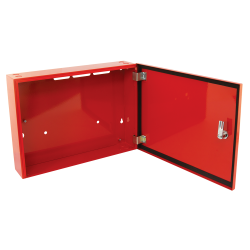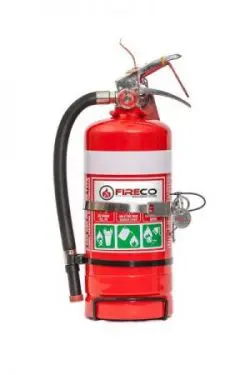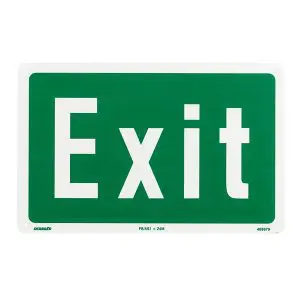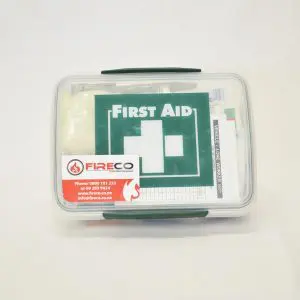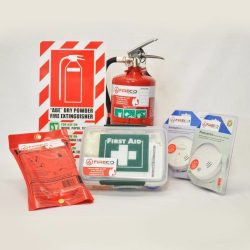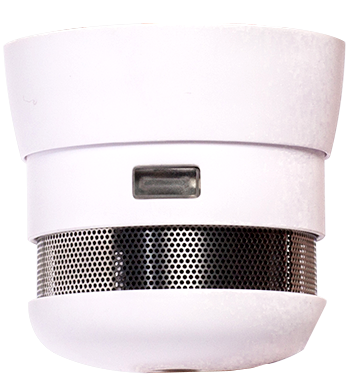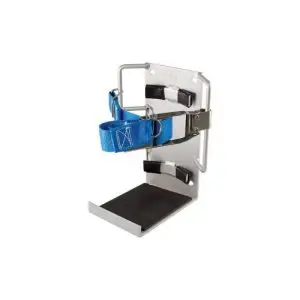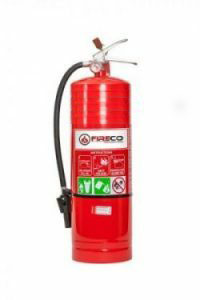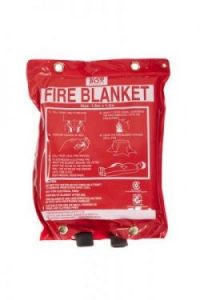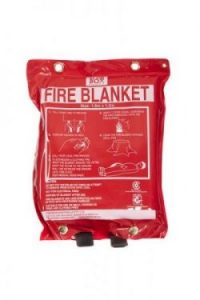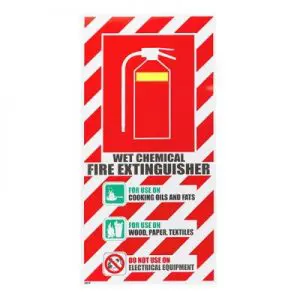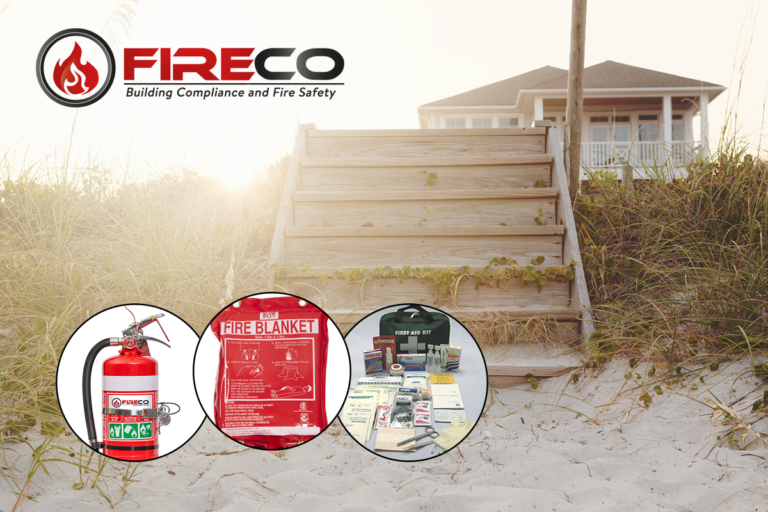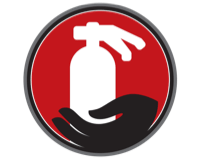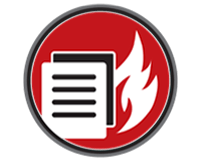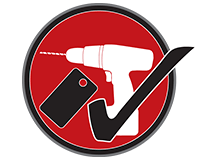Safeguard Your Auckland Business with Fireco: Your Partner in Fire Extinguisher Maintenance
When it comes to adequate fire safety in Auckland, having a reliable fire extinguisher is critical. Simply owning a fire extinguisher isn’t enough to ensure fire safety, however. Regular maintenance and inspections are required to guarantee that your extinguisher stands ready to combat fire emergencies effectively. In this blog, Fireco delves into the key aspects of fire extinguisher maintenance to help you know what to check to ensure optimal performance and longevity.
Fire Extinguisher Service Records: Ensuring Compliance with NZ Standards
Your fire extinguisher should have a tag on it with the record of servicing and maintenance – the service interval will vary depending on the type of equipment, where it’s located, and the purpose. Check that this service tag has been clipped within the last year. The fire extinguisher tag provides a quick reference point for the last service date, and a clip within the past 12 months indicates that the extinguisher has undergone recent inspection and servicing by a fire safety professional.
Because different extinguisher types may have varied service intervals, it’s important to be aware of the specific requirements for each – which is where the experts at Fireco can help. If the tag hasn’t been clipped within the past 12 months, let us know and we’ll service your extinguisher to ensure it’s in good working order.
Service Sticker: Staying Updated on Maintenance
Check the service sticker on the extinguisher, ensuring that the latest service date falls within the last 12 months. An outdated sticker, or no sticker at all, requires immediate attention – have your extinguisher checked and serviced by your local Fireco team as soon as possible.
Reading Fire Extinguisher Pressure Gauges:
The pressure gauge on your fire extinguisher is used to measure the pressure of the contents. It can either read “overcharged”, “discharged”, also known as red zones, or it can be “full” and in the green zone. If the needle is in the green zone, it means the extinguisher is properly pressurised and ready for use in case of emergency. However, if the pressure gauge needle is in the “red zone”, this means your extinguisher is not in good working order and will need replacing or servicing.
Regularly inspect the pressure gauge to ensure that the extinguisher is always in optimal working condition. If the pressure drops after usage or testing, get in touch with the Fireco team asap to have it refilled or replaced.
Checking for Fire Extinguisher Damage: Identifying Physical Defects
Do a visual inspection of the extinguisher: checking the labelling and overall condition for any signs of damage.
- Make sure the label is readable.
- Look for corrosion, dents, rust, or any other signs of damage on the cylinder and other external parts.
- Examine the hose and cylinder connections are secure.
- Look for any cracks along the hose and nozzle.
A damaged fire extinguisher is compromised and won’t be guaranteed to work reliably in the event of an emergency. Obvious damage, including rust, renders an extinguisher ineligible for certification, which is why it’s important to address any damage promptly through repairs or replacement. If your fire extinguisher is stored in a location where it is more prone to damage be sure to check it regularly, including warehouses or damp environments that could expose the extinguisher to dents or rust.
The Safety Pin: Preventing Extinguisher Leaks
The safety pin, also known as the locking pin, goes through the hole of the discharge lever and handle. It locks the extinguisher’s discharge lever in place – a crucial component preventing leaks and involuntary discharges. Inspect the pin carefully: A loose, missing, or bent pin may lead to unwanted discharges or necessitate replacement, a service your local Fireco can provide.
The Fire Extinguisher Tamper Seal: Securing the Safety Pin
The tamper seal is a small loop of plastic that keeps the safety pin in place. Ensure that the tamper seal is present and intact on your fire extinguisher – a broken tamper seal may signify unauthorised use or tampering.
If there is no tamper seal, a replacement from Fireco is necessary to maintain the integrity of the extinguisher.
Assessing Fire Extinguisher Location: Ensuring Proper Placement for Accessibility
Having a well-maintained fire extinguisher is important, but don’t overlook location and accessibility when checking your extinguisher. Make sure it’s visible, ready for quick use, and not blocked by anything that would hinder access. Consider what zones in your Auckland premises are more prone to fire safety incidents and hazards and ensure there is an extinguisher located conveniently.
A location sign that describes the type of fire extinguisher needs to be close to the extinguisher also. If there is no sign in place, the wrong type of extinguisher may be used during an emergency.
Fireco offers a free risk assessment to guide you on optimal fire extinguisher placement, preventing the use of an incorrect extinguisher during emergencies.
Proactive fire extinguisher maintenance is pivotal for safeguarding your Auckland property and the people within it. For expert advice and assistance tailored to your specific needs, contact Fireco at 0800 101 232. Don’t compromise on fire safety – let Fireco be your partner in protecting what matters most.


